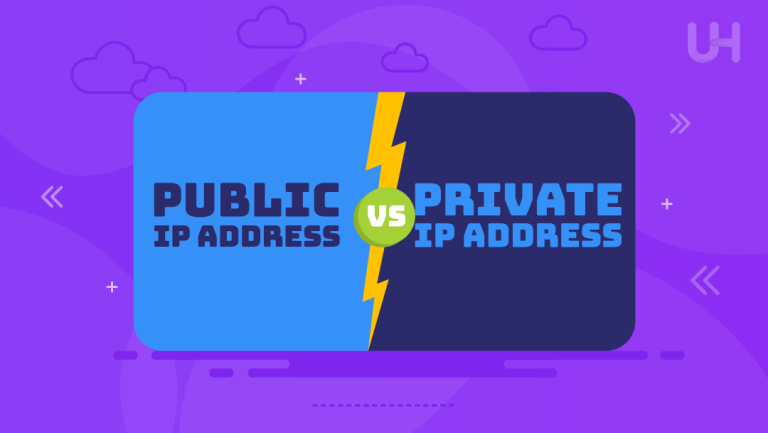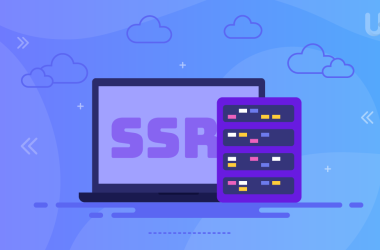Another morning, another data breach headline. The cycle continues despite years of investment in cybersecurity tools and teams. Behind the scenes, bad actors exploit the gaps between siloed defenses to profit from stolen information.
The majority of breach victims seem to point to compromised credentials as the initial infection vector. However, the end goal extends beyond network access or accounts. Attackers target sensitive data for direct financial gain or strategic leverage through exposure.
Despite this reality, legacy security models remain network—and infrastructure-centric, with a greater focus on securing data directly. As centralized repositories dissolve into disparate cloud services, email systems, and collaboration platforms, sensitive data drifts into the digital ether without systematic visibility or controls tailored to evolving risk. This lack of oversight increases the need for proactive threat exposure management, ensuring organizations can identify where sensitive information is most vulnerable.
This failing status quo calls for a paradigm shift, placing data at the roots of cyber defense. Data-centric zero trust architecture paired with data security posture management (DSPM) solutions provides the missing lens, bringing data itself into focus. This enables security leaders to reduce risk exposure while supporting secure collaboration across the hybrid workforce stack.
Evolving from Failures of Legacy Models
For decades, perimeter-based security models focused on building a hardened network edge. The goal was to keep external threats out while enabling internal freedom of movement. This approach relies on a few key assumptions:
- The network perimeter is clearly defined and secured
- Everything inside the perimeter is trusted by default
- Internal assets don’t pose a significant threat
- Existing security controls provide adequate protection
However, the structure of modern technology environments makes these assumptions obsolete. Networks are porous, and users connect from multiple devices, often located outside the network boundary.
Breaches frequently involve internal actors abusing access or falling victim to social engineering. In fact, non-malicious human error is still responsible for a massive 68% of breaches.
Legacy security controls like firewalls and antivirus must provide complete visibility into asset security posture.
Put simply, the network perimeter is no longer an effective delineator of trust. This requires a fundamental rethinking of cybersecurity models. Moreover, zero trust architecture and GRC framework aim to address the gaps left by legacy frameworks.
Zero Trust 101
Zero trust flips legacy security on its head with a new mantra – never trust, always verify.
Instead of open access inside the perimeter, zero trust architectures provide granular access control for every user, device, and transaction throughout the IT environment. This access is continuously authenticated and authorized based on a set of dynamic policies. There are three core tenets of zero trust:
Least Privilege Access
Users are only granted the minimum access required for a specific function following the principle of least privilege. For example, the payroll manager would not have access to customer data in a CRM system. Access is regularly reviewed and updated based on roles.
Continuous Authentication
Zero trust requires ongoing verification of users, devices, and actions rather than static authentication like VPN login. Multifactor authentication, behavior-based access controls, and device security health checks prevent unwanted access based on stolen credentials or sessions.
Instead of open access once inside the network, zero trust scrutinizes every access request to verify policy compliance. Contextual data like user identity, device security state, login risk, and more feed dynamic authorization engines to help determine access.
This transforms access from a static permit/deny decision to a fluid, risk-based calculation applied at runtime. Access can be dynamically adjusted without having to revoke and create new credentials.
Data-Centric Zero Trust

Early zero-trust frameworks concentrated mainly on securing networks and limiting access to infrastructure and applications. However, data continued to exist without consistent security controls or visibility into its state across environments.
With breaches increasingly targeting theft of sensitive data, securing data becomes critical for risk reduction. Otherwise, bad actors can still infiltrate networks and exfiltrate valuable information.
Data-centric zero trust applies zero trust principles like least privilege and continuous verification of data assets. This ensures visibility into data states so you can define granular access policies based on data classification, sensitivity, and risk – and then enforce these dynamically. Core tenets of data-centric zero trust include:
- Inventory—Discover where sensitive data lives across cloud services, data stores, and endpoints to map the digital attack surface. Catalog different data types with classification.
- Security Posture—Assess the state of security controls across data stores, such as encryption, access limitations, activity monitoring, and data loss prevention. Identify gaps that put sensitive data at risk.
- Risk-Based Access—Define dynamic data access policies aligned to risk tolerance based on factors like data classification, user risk levels, anomalous access patterns, and more. Restrict access automatically if risk thresholds are breached.
- Protection—Apply appropriate safeguards for data privacy, such as data encryption and rights management tailored to risk profiles. Ensure consistent protection that follows data everywhere.
This level of data-centric visibility, security controls, and access management is challenging. That’s where data security posture management (DSPM) comes in.
Achieve Data-Centric Zero Trust with DSPM
Data security posture management platforms provide unified capabilities tailored to securing data across fragmented environments. Core DSPM functions include:
- Discovery – Discover where data lives across cloud apps, stores, file shares, and endpoints. Catalog sensitive information using scanning, classification, tagging, and labeling methods.
- Classification – Categorize data types based on factors like sensitivity and regulation. Customize classification schemas based on your environment and compliance needs.
- Assessment – Continuously monitor data stores to surface visibility gaps, misconfigurations, risky states, and malicious activity that is putting sensitive data at risk.
- Access Control – Orchestrate contextual access policies across services and data stores based on data classification, environment risks, anomalous activity, and user risk attributes. Restrict access dynamically when threats emerge.
- Protection – Apply and manage data protection controls, such as encryption and rights management, tailored to data categories and risk scenarios. Ensure protections persist through copying or transmission.
- Incident Response – Streamline incident workflows with context and attribution around suspicious data access. Quickly check user authorization history, surface risky insider behaviors, contain compromised accounts, and determine data impacted.
A Data-First Cybersecurity Mandate
Legacy network-centric security models are no longer effective in the modern threat landscape. Zero trust frameworks provide a path forward with the least privileged access, continuous verification, and protection rooted in the data.
Combined with DSPM, data-centric zero trust allows granular visibility and control over data assets tailored to risk. This reduces the likelihood and impact of data breaches through the cyberattack lifecycle while enabling secure collaboration.
Zero trust and DSPM solutions have quickly moved from a bleeding edge to a cybersecurity mandate. Data-first protection remains critical to business resilience and information advantage as threats grow in impact and sophistication.
To further strengthen your security posture, choosing a DDoS-protected VPS can provide an additional layer of defense against online threats. Explore how Ultahost’s DDoS-protected VPS solutions can help secure your data and ensure peace of mind.












